|
| INFORMATION SAFETY NOTICE! |
| Incorporation of the mandatory fuel return line of ROTAX Engine Type 912 (Series) |

| The purpose of this Information Safety Notice is to inform ROTAX operators and owners about the mandatory fuel return line that is required to be incorporated into the aircraft's fuel system design. |
As per the ROTAX installation manual, a Mandatory “restricted” fuel return line is to be incorporated within the aircraft's fuel system. The purpose of the fuel return line is to help bleed off any vapors that may form within the fuel system that could cause vapor lock, resulting in a possible loss of engine power.
Please reference the latest ROTAX installation manual and check with the manufacturer of the
aircraft to verify that a fuel return line has been incorporated within the design of the aircraft's fuel system.
The latest Rotax Installation Manual can be found at www.FlyRotax.com OR www.RotaxOwner.com
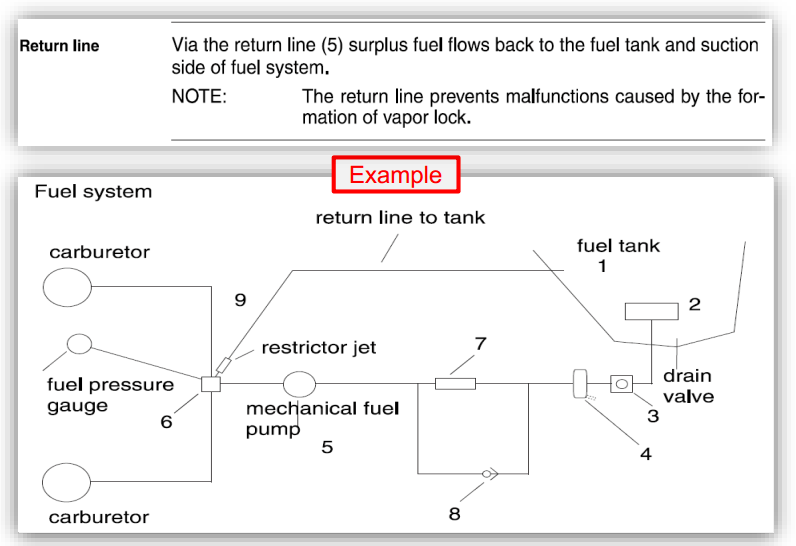 |
| Additional Information |
What is this Information Safety Notice about and how does it affect me?
Field reports have indicated a potential for fuel system vapor lock leading to loss of engine power or stoppage due to one or more of the following variables:
-Fuel system design
-Engine cowling design
-Fuel quality
-Seasonal adjustment on fuel
-High ambient temperatures
Owners and operators need to consider all of the above and understand how they may contribute to fuel system vapour formation.
| Fuel System Design |
Fuel system design is one factor in managing the formation of vapour in the fuel system due to heat soak. Fuel system components in close proximity to engine heat sources should be adequately protected from heat soak. Fuel line routing, heat shielding, fire sleeve etc. all influence fuel system temperatures.
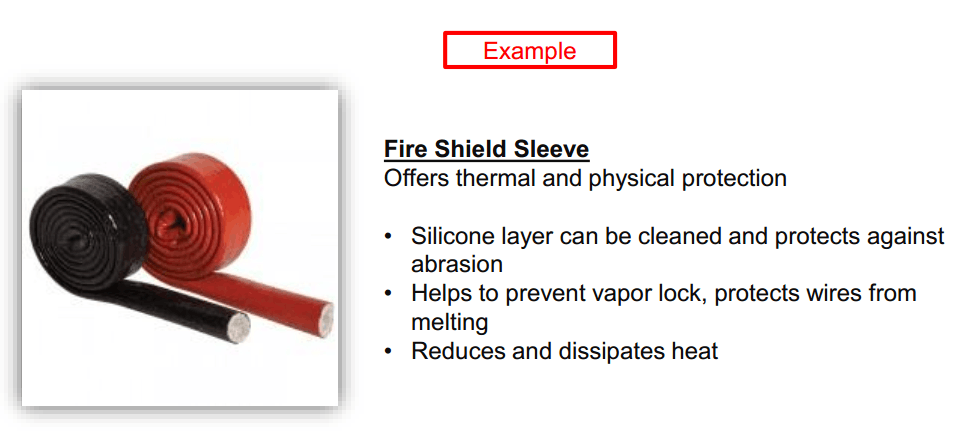 |
| Engine Cowling Design |
Engine cowling design is another factor which can greatly influence heat soak on engine fuel system components. Tightly cowled engines can run much hotter under-cowl temps than more open cowl designs during certain conditions such as taxiing and climb.
Owners and operators need to understand their aircraft's temperature limitations and respect them.
Rotax defines maximum engine component operational temperatures in the respective engine installation manual.
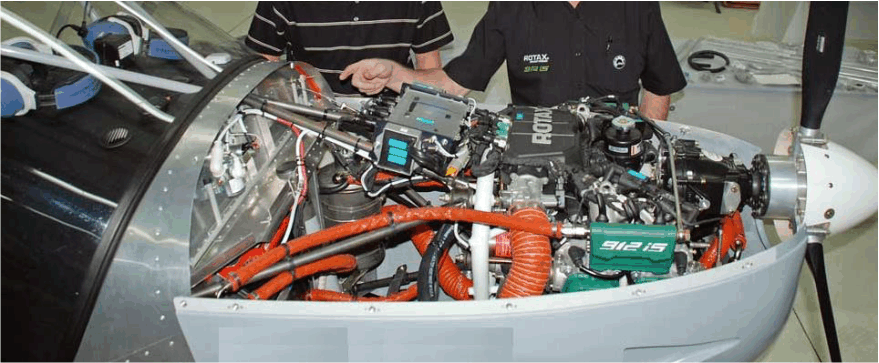 |
 |
| Fuel Quality |
Fuel quality can have a large influence on the formation of vapour. Inadequate storage, handling and contamination can all affect fuel quality. Always respect the minimum fuel requirements as outlined by Rotax, maintain good storage practices and source the best quality fuel possible.
 |
| Seasonal Adjustments |
Seasonal adjustment of fuel by manufacturers for high summer temperatures and low winter temperatures may affect the fuel vaporization rates. This can have consequences when using winter grade fuel in hot summer months. Always use seasonally correct fuel.
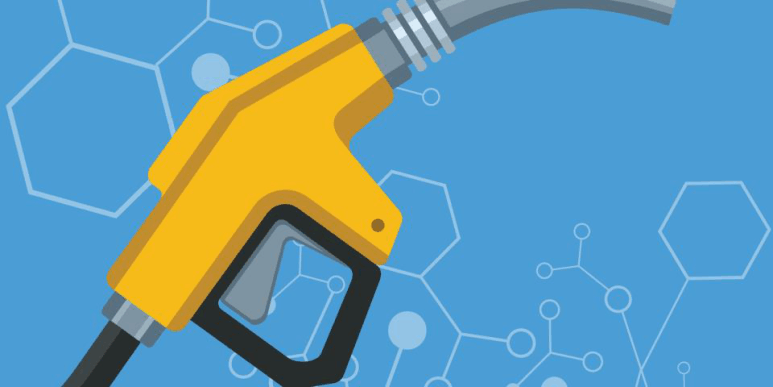 |
| High Ambient Temperatures |
High outside ambient temperatures may increase under-cowl operating temperatures and therefore increase the fuel system heat soak. Owners and operators may need to adjust performance expectations when operating in such conditions.
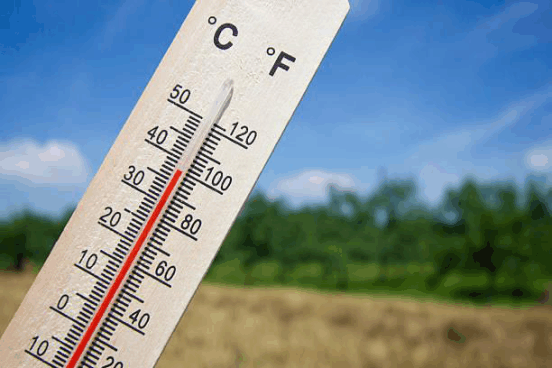 |
| How Does This Affect Me? |
In consideration of the above variables, Rotax has updated the engine installation manual to mandate the use of a fuel return line. Such a design helps to vent off the formation of fuel vapours, increasing the safety margin. Owners and operators are urged to consider all the aforementioned and review their fuel system design with their respective aircraft manufacturers.
 |
UPDATE: Jonas Marcinko shows what happened to him when he experienced vapor lock during takeoff:
|
COURTESY OF Jonas Marcinko |
| Supplementary Information |
For supplementary information regarding the above subject, you can review the following videos regarding aircraft fuel system and engine cowling design on www.Rotax-Owner.com in the Builder Series section.
NOTE: Although this video series is for the fuel injected engine, it is still relevant to the carbureted 912 series in regards to fuel vapor formation and cooling systems.
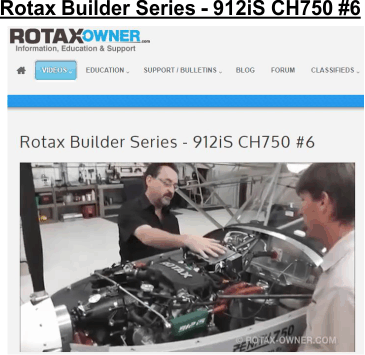 |
 |

|
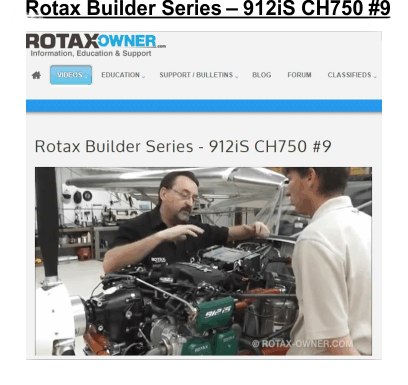
|
You can download a printable PDF of this Information Safety Notice HERE.

